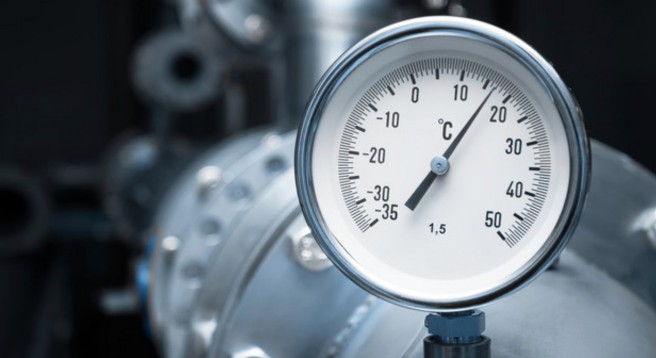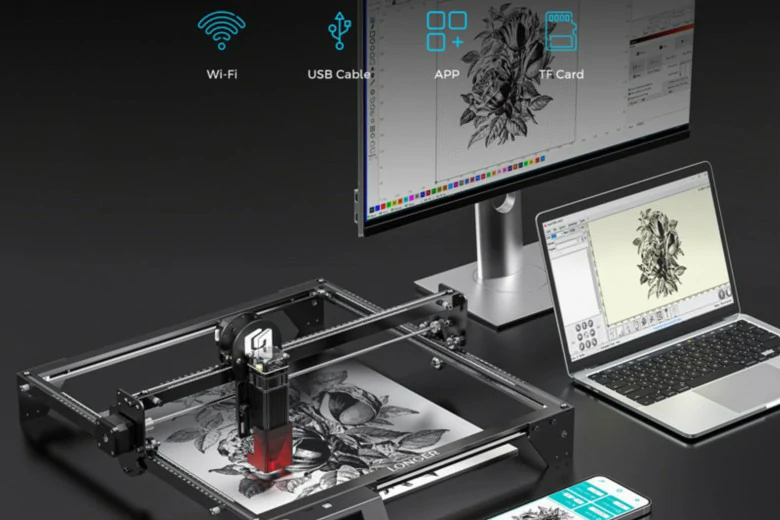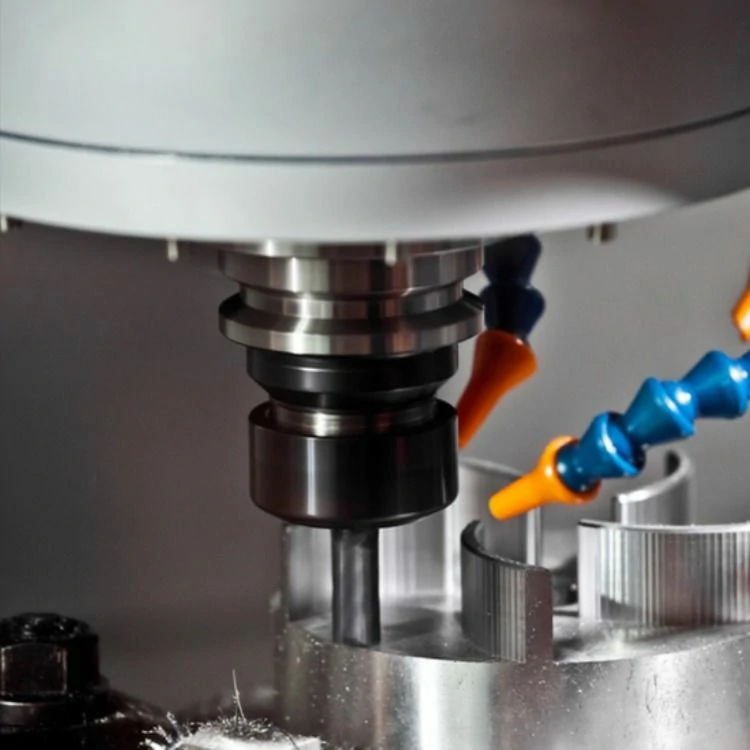Instrumentation plays an important role in detecting, displaying, recording, or controlling process parameters in the industrial production process. The detection of the process production process is the basic means to understand and control industrial production. Only by accurately understanding the whole picture of the process at any moment and controlling it, can we ensure the production process is smooth and produce qualified products with high productivity and small consumption.
So, don’t look at the instrument as inconspicuous, but is the most indispensable! Today I take you to learn the selection of various types of instruments, very comprehensive!

Today, we will introduce the selection of temperature, pressure and flow meters:
A, in situ temperature instrumentation selection
1、Accuracy level
General industrial thermometer: choose 1.5 or 1 level. Precision measurement and laboratory thermometer: 0.5 level or 0.25 level should be used.
2、Measuring range
The highest measurement value is not greater than 90% of the upper limit of the measurement range of the instrument, the normal measurement value in the upper limit of the measurement range of the instrument about 1/2. Pressure thermometer measurement value should be in the instrument measurement range of 1/2 to 3/4 between the upper limit.
3, bimetallic thermometer
In meeting the requirements of the measurement range, working pressure and accuracy, should be preferred. Case diameter is generally selected φ100mm, in poor lighting conditions, high location and observation distance of the site, should be selected φ150mm. instrument shell and protection tube connection, should generally be selected universal, but also in accordance with the principle of convenient observation of the axial type or radial type.
4、Pressure type thermometer
Suitable for -80 ℃ below low temperature, can not be close observation, vibration and accuracy requirements are not high in situ or in situ disk display.
5、Glass thermometer
Only for measuring higher accuracy, less vibration, no mechanical damage, easy to observe the special occasions. However, due to mercury damage, should not use the glass mercury thermometer.
6、Base type instrument
In situ or in situ disk mounted measurement, control (regulation) instrumentation, it is appropriate to use the base type temperature instrumentation.
7、Temperature switch
Suitable for temperature measurement needs to contact signal output occasions.

B, the selection of pressure instrumentation (selection of pressure gauge)
1, according to the use of the environment and the nature of the measurement medium to choose
(1) in the atmosphere is more corrosive, dusty and easy to spray liquid and other harsh environment, it is appropriate to use the closed all-plastic pressure gauge.
(2) dilute nitric acid, acetic acid, ammonia and other general corrosive media, acid-resistant pressure gauge, ammonia pressure gauge or stainless steel diaphragm pressure gauge should be used.
(3) dilute hydrochloric acid, hydrochloric acid gas, heavy oil and similar media with strong corrosive, solid particles, viscous liquid, etc., should be used diaphragm pressure gauge or diaphragm pressure gauge. Its diaphragm or diaphragm material, must be selected according to the characteristics of the measurement medium.
(4) crystallization, scarring and high viscosity and other media, should choose to use the diaphragm pressure gauge.
(5) in the mechanical vibration of the stronger occasions, should be selected with seismic pressure gauge or marine pressure gauge.
(6) in the flammable, explosive occasions, such as the need for electric contact signal, should be selected to use explosion-proof electric contact pressure gauge.
(7) the following measurement media should be selected for special pressure gauge:
Gas ammonia, liquid ammonia: ammonia pressure table, vacuum table, pressure vacuum table; oxygen: oxygen pressure table; hydrogen: hydrogen pressure table; chlorine: chlorine pressure table, pressure vacuum table; acetylene: acetylene pressure table; hydrogen sulfide: sulfur pressure table; lye: alkali pressure table, pressure vacuum table.
2、The choice of accuracy level
(1) general measurement with pressure gauge, membrane box pressure gauge and diaphragm pressure gauge, should be selected 1.5 or 2.5 level.
(2) precision measurement and calibration with pressure gauge, should be selected 0.4, 0.25 or 0.16 level.
3, the appearance of the choice of size
(1) in the pipeline and equipment installed on the pressure gauge, the nominal diameter of φ100mm or φ150mm.
(2) in the instrumentation of pneumatic piping and auxiliary equipment installed on the pressure gauge, the nominal diameter of φ60mm.
(3) installed in the low illumination, high location and the value of the pressure gauge is not easy to observe the occasion, the nominal diameter of φ200mm or φ250mm.
4, the choice of measuring range
(1) measurement of stable pressure, the normal operating pressure value should be in the upper limit of the instrument measurement range of 2 / 3 ~ 1/3.
(2) measurement of pulsating pressure (such as: pumps, compressors and fans and other pressure at the outlet), the normal operating pressure value should be in the upper limit of the instrument measurement range of 1/2 to 1/3.
(3) measurement of high and medium pressure (greater than 4MPa), the normal operating pressure value should not exceed 1/2 of the upper limit of the measurement range of the instrument.
5, units and scales (scale)
(1) all pressure instruments use legal units of measurement. That is: Pa (Pa), kPa (kPa) and MPa (MPa).
(2) for foreign design projects and the introduction of instruments, you can use the international common standards or the corresponding national standards.

C, the flow meter selection
General principles
1、Scale selection
Instrument scale should be in line with the requirements of the instrument scale modulus, when the scale reading is not an integer, for the convenience of reading conversion, can also be selected according to the integer.
(1) square root scale range
The maximum flow does not exceed 95% of the full scale; the normal flow is 70% to 85% of the full scale; the minimum flow is not less than 30% of the full scale.
(2) Linear scale range
The maximum flow does not exceed 90% of the full scale; the normal flow is 50% to 70% of the full scale; the minimum flow is not less than 10% of the full scale.
2, meter accuracy
Used for energy measurement of the flowmeter, should be in line with the “enterprise energy measuring instruments and management of the general rules (for trial implementation)” provisions.
(1) for the measurement of fuel in and out of the plant settlement, ± 0.1%;
(2) for the workshop team, the process of technical and economic analysis of the measurement, ± 0.5% ~ 2%;
(3) for the measurement of industrial and civil water, ± 2.5%;
(4) for the measurement of steam, including superheated steam and saturated steam, ± 2.5%;
(5) for natural gas, gas and domestic gas metering, ± 2.0%;
(6) for the measurement of key energy-using equipment and process control of oil, ± 1.5%;
(7) for process control of other energy-bearing substances (such as compressed air, oxygen, nitrogen, hydrogen, water, etc.) measurement, ± 2%.
3, flow units
Volume flow with m3 / h, l / h; mass flow with kg / h, t / h; standard state gas volume flow with Nm3 / h (0 ℃, 0.1013MPa). General fluid, liquid, steam flow measurement instrument selection 1 differential pressure flowmeter.
What do I need to pay attention to in the selection of temperature, pressure and flow instruments?



